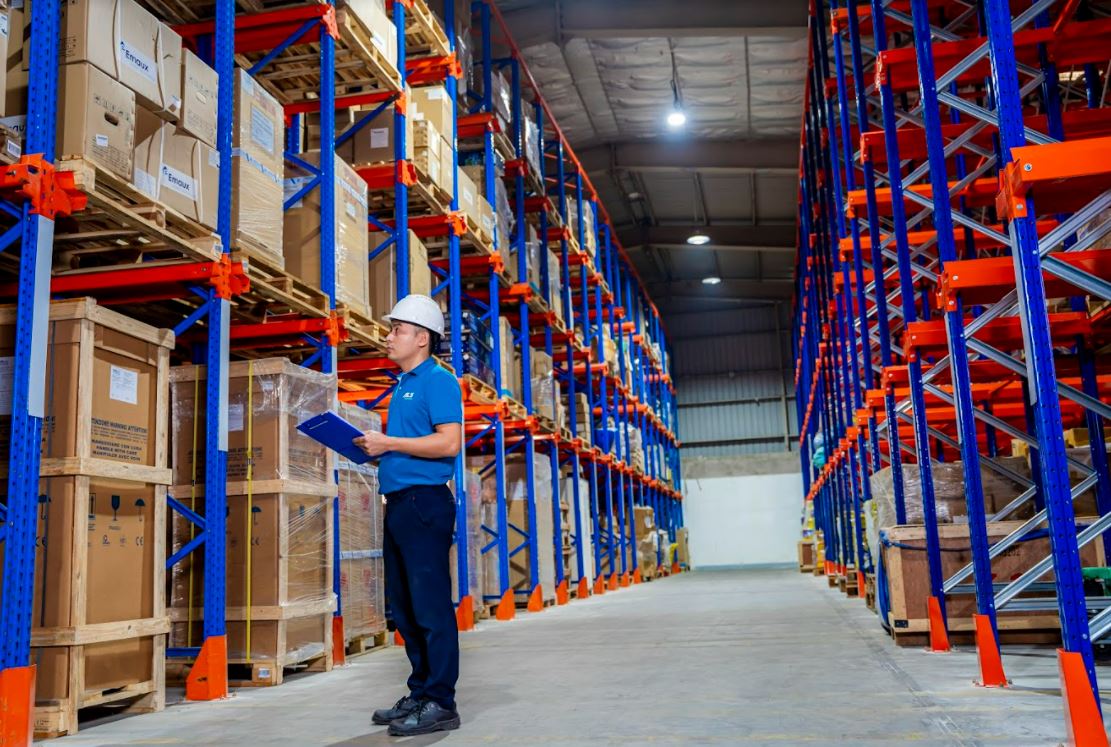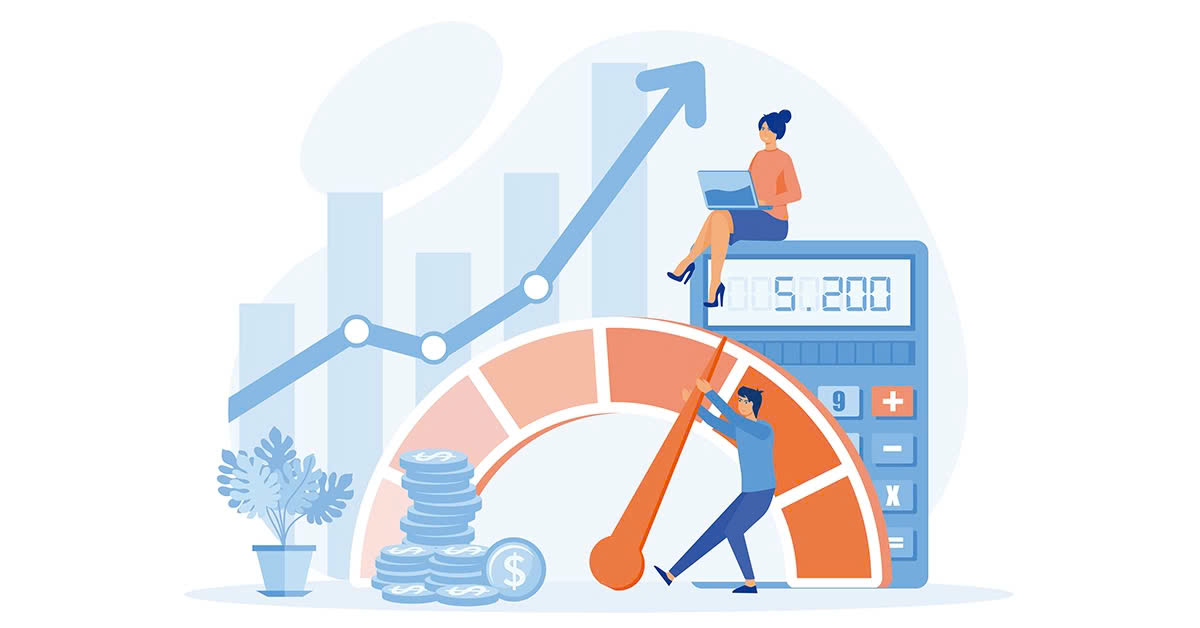Amid constant economic fluctuations, temporary labor is experiencing a significant surge in the operational departments of businesses. Many experts view this shift as both a flexible adaptation opportunity and a potential challenge to long-term stability. So, is this an inevitable development trend or a warning sign of underlying instability?
1. Temporary Employee – A "Lifeline” for Operational Flexibility
In an increasingly competitive and unpredictable business environment, companies must optimize costs and improve responsiveness to market changes. Temporary labor has become an ideal solution, especially in operational areas such as logistics, warehousing, manufacturing, and customer service.
Hiring seasonal or short-term workers helps businesses:
- Easily adjust workforce size based on actual needs.
- Reduce long-term financial pressure, such as social insurance and employee benefits.
- Quickly test new operational models before committing long-term.
 Temporary labor is widely used in operational roles such as warehousing, packaging, and logistics
Temporary labor is widely used in operational roles such as warehousing, packaging, and logisticsTemporary labor is widely used in operational roles such as warehousing, packaging, and logistics.
The growing trend of using temporary labor in operations reflects the need for greater workforce flexibility among businesses.
2. The Employee in Temporary Labor – A Sign of Instability?
However, behind this surge, many HR experts express concerns about long-term risks:
- Unstable workforce quality: Due to the temporary nature of the work, many employees lack motivation to stay or improve their skills, resulting in lower job performance.
- Hidden management costs: Constant recruitment and rapid training of new employees generate additional costs for selection, onboarding, and internal training.
- Impact on corporate culture: A constantly rotating workforce makes it difficult to maintain consistent cultural values, affecting team cohesion and spirit.
- Legal and compliance risks: Improper or excessive use of temporary labor can lead to legal issues, damaging the company's reputation.

Recent surveys show many operations leaders are concerned that over-reliance on temporary labor could undermine the organization’s sustainable development in the future.
3. Flexible work by shifts or projects helps businesses optimize resources and operational costs.
Key Drivers of the Temporary Labor Trend
Undeniably, this trend results from a combination of both external and internal factors:
- Global economic fluctuations: Inflation, energy crises, and supply chain disruptions make businesses more cautious about long-term hiring.
- Changing labor expectations: Millennials and Gen Z tend to prefer flexible, short-term work models over traditional long-term jobs.
- Growth of recruitment technology platforms: Gig economy platforms and instant job apps make it easier for businesses to find suitable temporary staff.
4. How Should Businesses Respond to This Trend?
To harness the benefits while minimizing the instability of temporary labor, operational departments should consider:
- Building a hybrid workforce strategy: Balance permanent and temporary staff to maintain a stable operational core.
- Enhancing the employee experience: Even for temporary roles, invest in recruitment, training, and benefits to improve work quality.
- Applying HR management technologies: Use HRM systems to optimize recruitment, monitor performance, and ensure legal compliance.
- Analyzing workforce data: Track metrics like turnover rate, hiring costs, and productivity to adjust strategies promptly.

Combining permanent and temporary workers increases flexibility while maintaining stable operational performance.
The surge in temporary labor in operations can be seen as an inevitable trend during today’s turbulent economic period. However, if not properly managed and strategically guided, it could become a sign of long-term instability for organizations.
Businesses need to clearly understand the pros and cons, and build a flexible operational model that still ensures sustainable development in both workforce and organizational culture. Smart, proactive adaptation will be key to success in this challenging "new normal” era.
 Uniting Talent
with
Opportunity
Uniting Talent
with
Opportunity




Top page